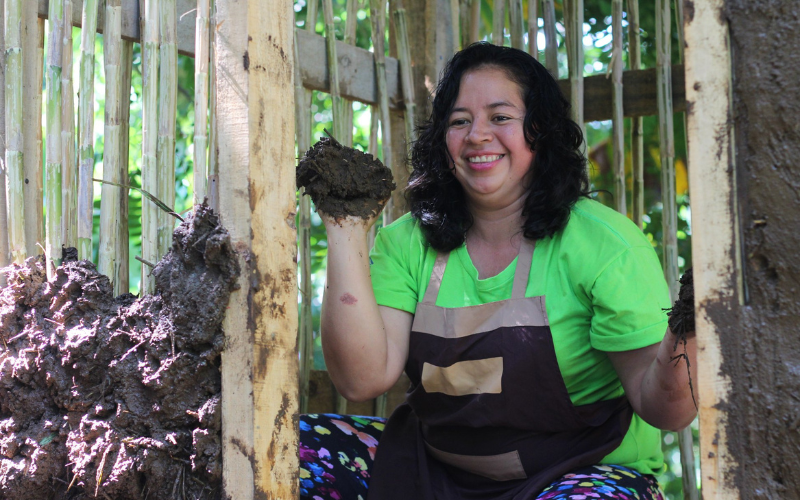The Maria Auxiliadora Community is a women-led housing project in Cochabamba, Bolivia. It began in 1999 when a group of homeless single mothers came together to buy land and build homes through collective ownership. The land was divided into plots and sold at cost to other low-income families. Today, over 150 homes have been built by residents using a cooperative, mutual-help system.
The project focuses on affordable land and housing for families living in poverty, especially women and children. Residents contribute savings, repay small loans, and volunteer labour to build both homes and community facilities like a nursery, library, and recycling centre. Houses are built incrementally as families can afford them.
Land cannot be sold for profit or rented out. Instead, it is passed back to the community and resold at the original price plus building costs, keeping it affordable. Titles are issued in women’s names to reduce gender inequality and protect against domestic violence. Women also lead the community through rotating leadership roles.
The project is self-managed, supported by Non-Governmental Organisations, and recognised by local authorities. It helps residents gain construction skills, access credit, and build income through small businesses. It has inspired similar projects across Bolivia.
This model improves living conditions without needing heavy government funding. It promotes solidarity, reduces domestic violence and poverty, and proves that poor communities can build their own future when given the tools and land security.








